We may earn money or products from the companies mentioned in this post, but this does NOT cost you anything extra! Check out my full disclosure for more info.
Getting out on the trail is something that many of us long for.
There is something about the fresh air and amazing views that keep us going.
But for hikers, nothing puts a damper on the experience quite like blisters.
These pesky companions are one of the most common injuries for outdoor enthusiasts and can bring your trek to an unexpected halt if not handled properly.
As someone who has battled these unwelcome nuisances, I understand the frustration.
Fear not!
Today, I’m thrilled to share some valuable tips for preventing blisters, equipping you with the know-how to ensure your feet stay comfortable and your hiking experiences remain unspoiled.
Causes of Blisters
To keep blisters at bay, it’s crucial to focus on preventing the factors that lead to their formation.
By prioritizing blister prevention, you can effectively tackle these pesky nuisances before they even have a chance to develop.
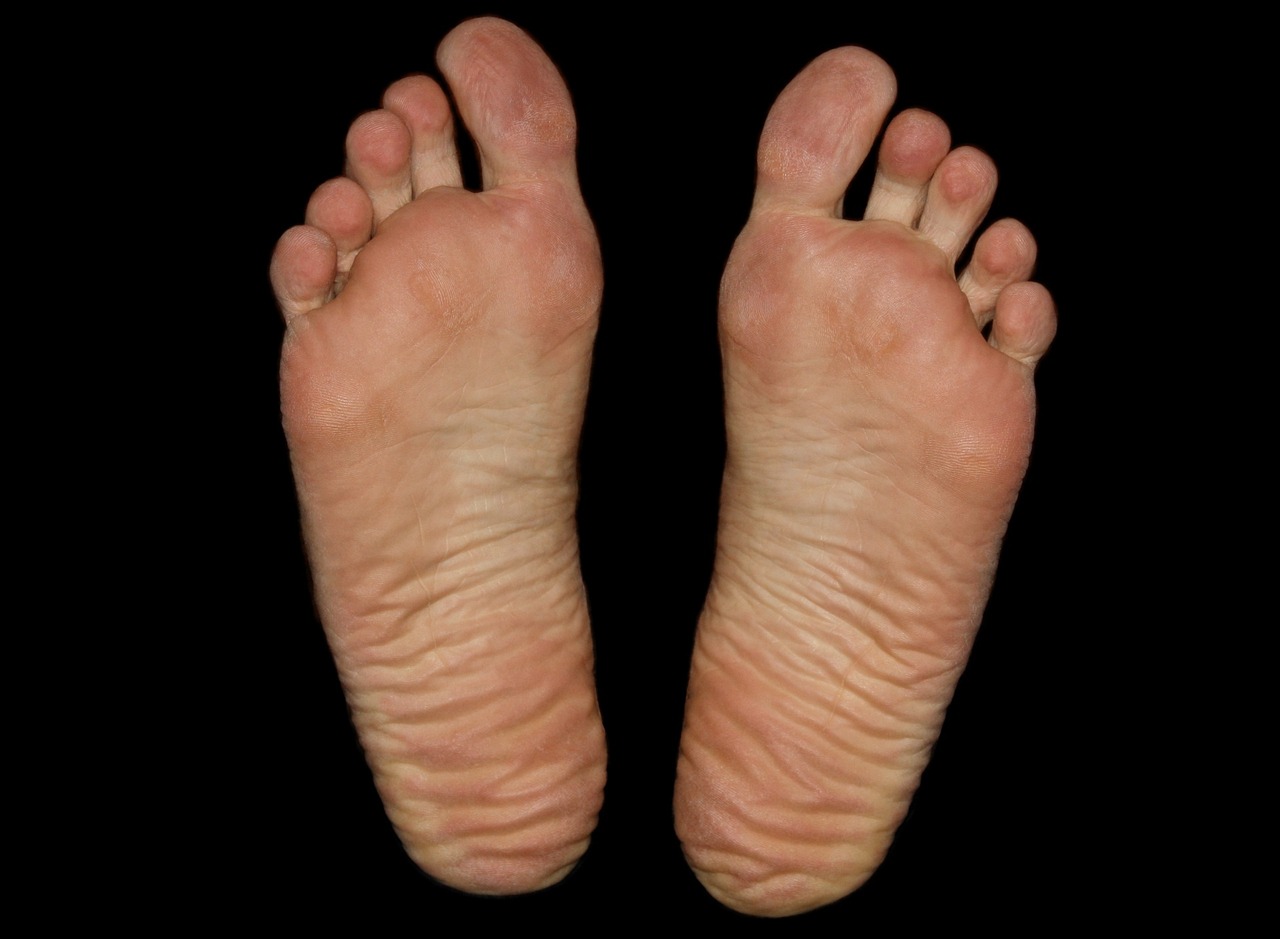
Let’s get down to business, there are three culprits to these buggers:
- Pressure
- Heat
- Moisture
The first cause of blisters on our list is pressure.
This can be any tight spot or even a little wrinkle in your sock (or sock liner), increasing the chances for a friction spot.
You can think of the friction or pressure as anything that rubs your foot.
I’ve found it best to test out my socks and hiking boots (or, in my case, shoes) before a long hike. A few of the things you want to make sure you have is:
- Propper fitting socks
- Properly fitting footwear
- Consider getting sockliners
- Material that breathes or is moisture-wicking
Like clothing, you want to avoid cotton (which we know absorbs moisture). Instead, go with wool or synthetic.
And if your socks get wet, change them (again, this is just to help prevent blisters from forming).
The two other culprits are heat and moisture. I’m grouping them because they go hand in hand, caused by hiking and sweating (in addition to outside elements).
These can be prevented using sock liners and other moisture-wicking materials (such as my favorite, Merino wool).
Just remember, moisture can be from many different situations.
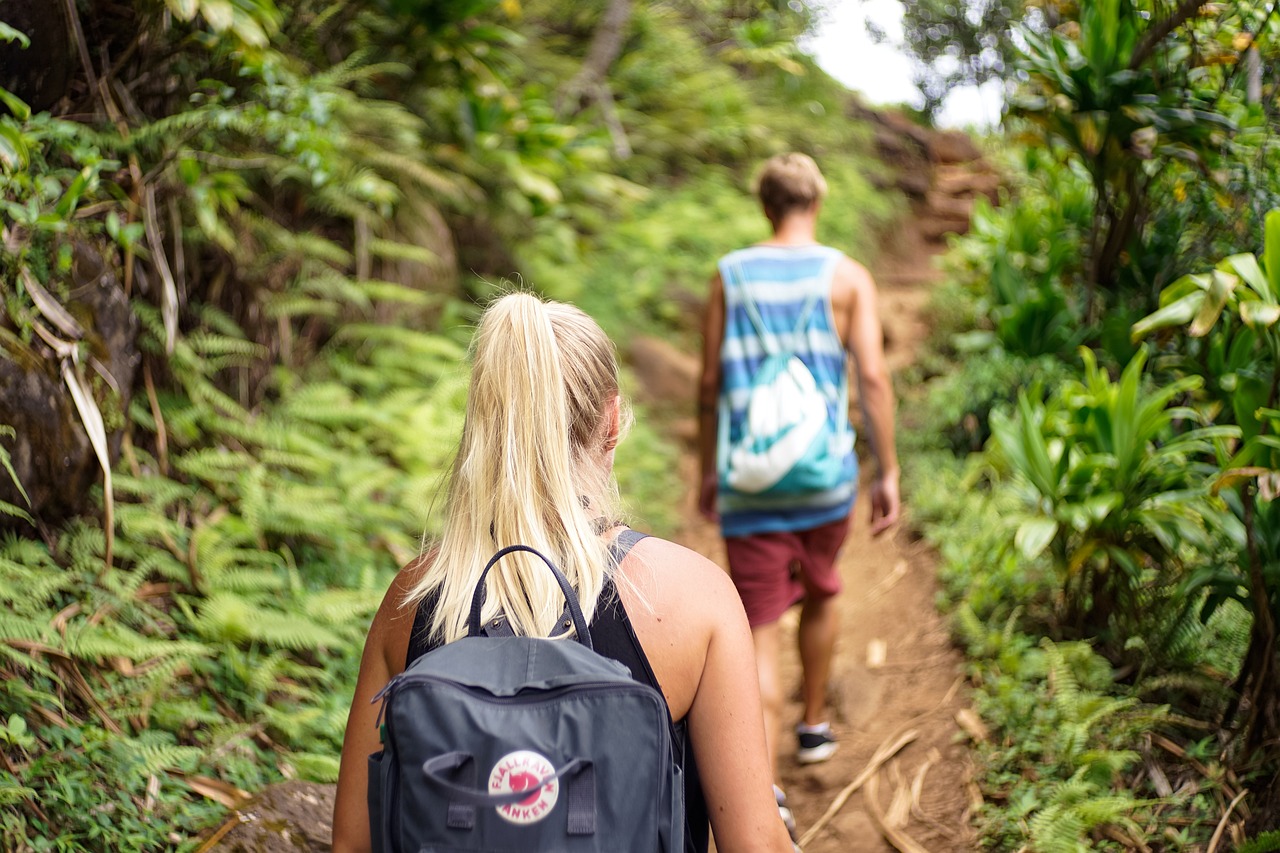
A few of the ways our socks can get wet is from the activity of hiking, crossing streams, and not having a clean pair of socks to change into (which is required for all my overnight camping trips).
The goal again is to prevent pressure, heat, and moisture, which cause blisters.
Tips for Prevention Blisters
I will mention this a few times because it’s that important. The first rule of thumb is to stop and deal with your feet if you ever feel a hot spot.
Hot spots are areas that start to feel hot and even irritated.
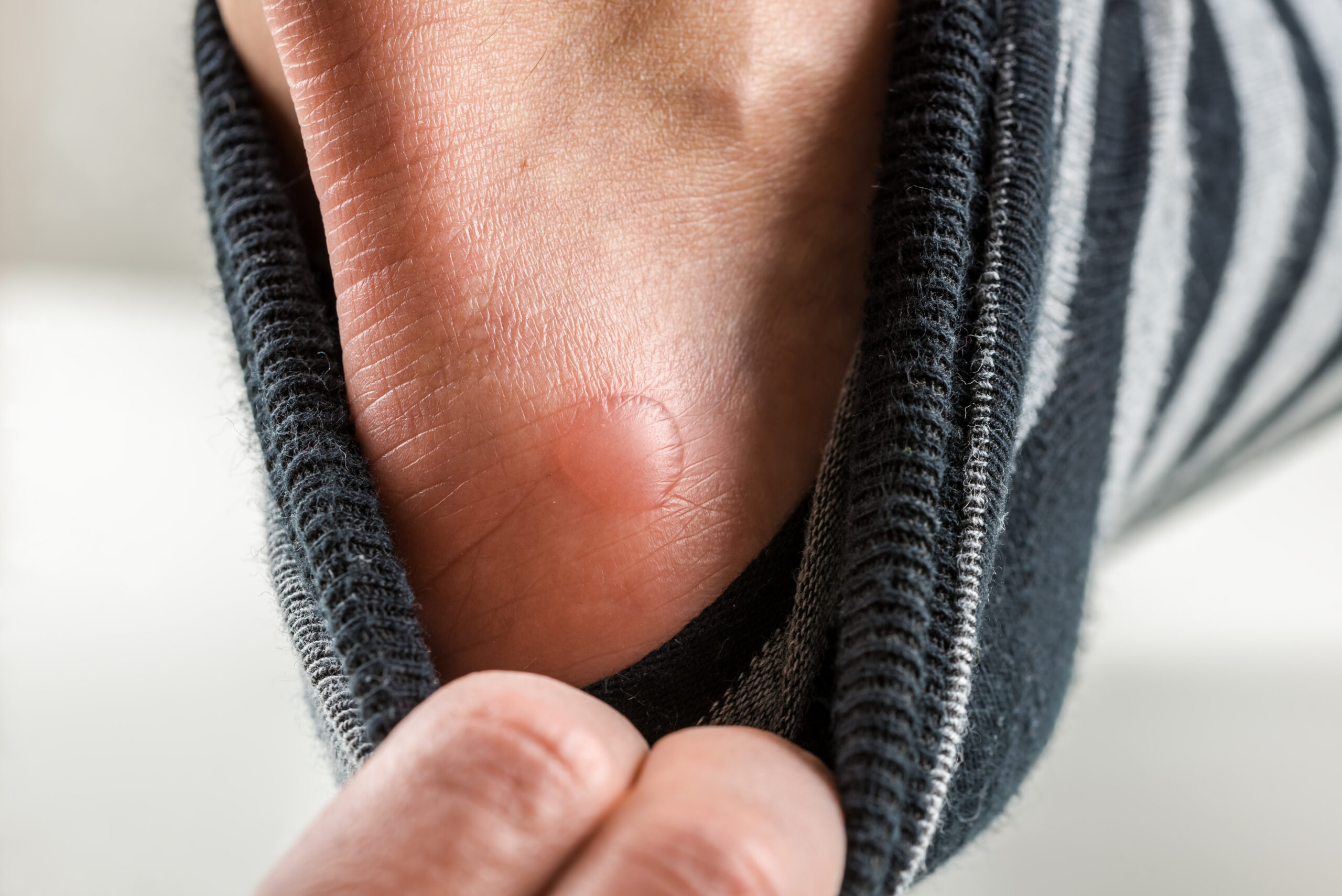
Remember, it’s easier to deal with a hot spot than it is to deal with a blister. Take the time, stop, remove your shoes and socks, and deal with it!
It doesn’t take long for this hot spot to fill with fluid (which is your body’s way to prevent issues between the skin layers).
This is another reason I’ve switched to boots and shoes with a wide-toe base (check out these two posts about amazing shoes you should try for yourself – Altra and Xero shoe reviews), I haven’t had any blister issues since wearing either of these shoes!
And if you are one to use hiking boots, always break them in before a longer trip. This means wearing them around before a hike!
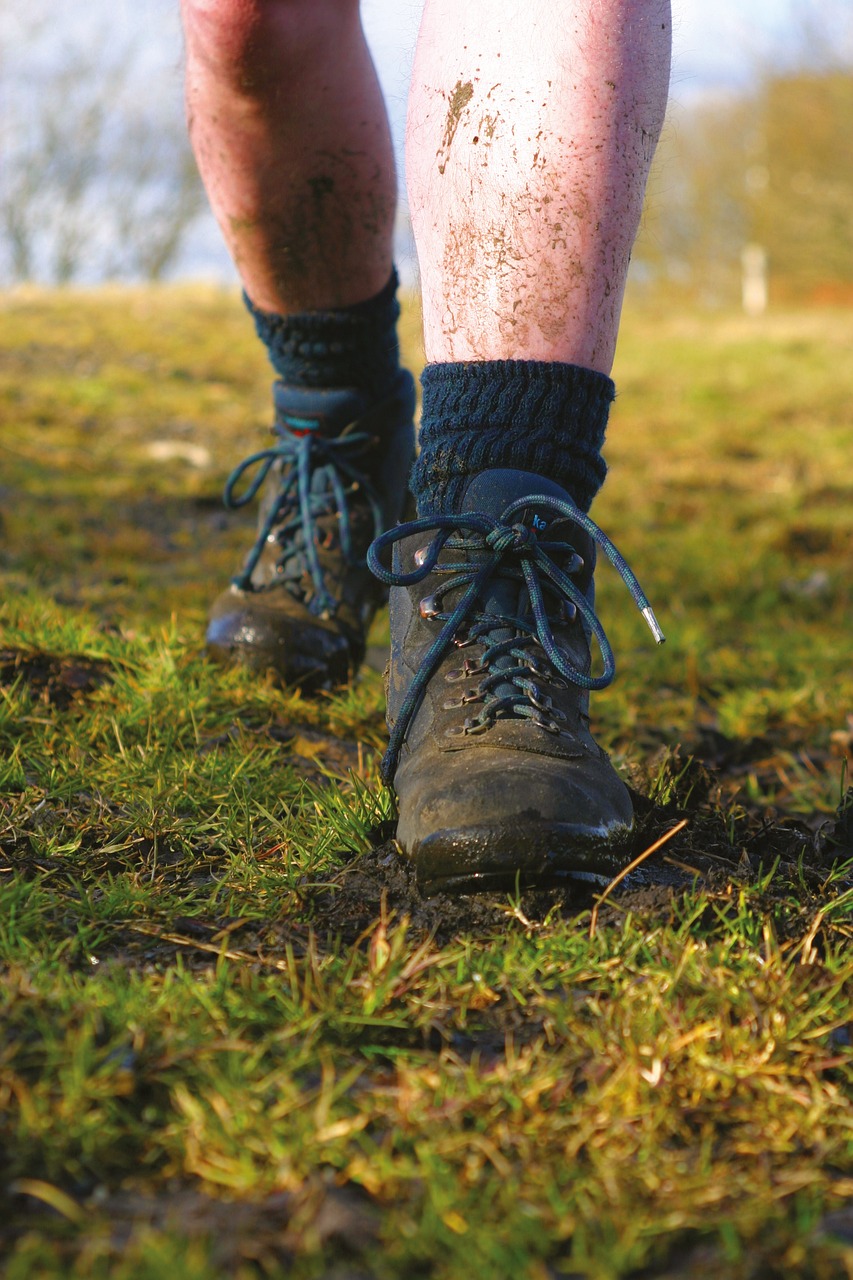
Here are a few ways to help prevent blisters in the first place.
Sock Liners
One of the first things I ever did was to get sock liners.
There isn’t much to say about these, as the name explains what they are.
But these thin socks are worn under your normal socks. Their primary feature is to help with rubbing (aka friction).
Pads, Tape, and Gels
The second thing I’ve done to prevent blisters is to use a combination of tape and gel.
There are pads, such as Mole Skin or Second Skin, which have been fantastic, but I’ve discovered something even better.
Side note – If you decide to use a product like Mole Skin.
Cut a small hole in the middle before applying. This allows your blister to be protected.
When talking about the tape, I am a firm believer in Leukotape.
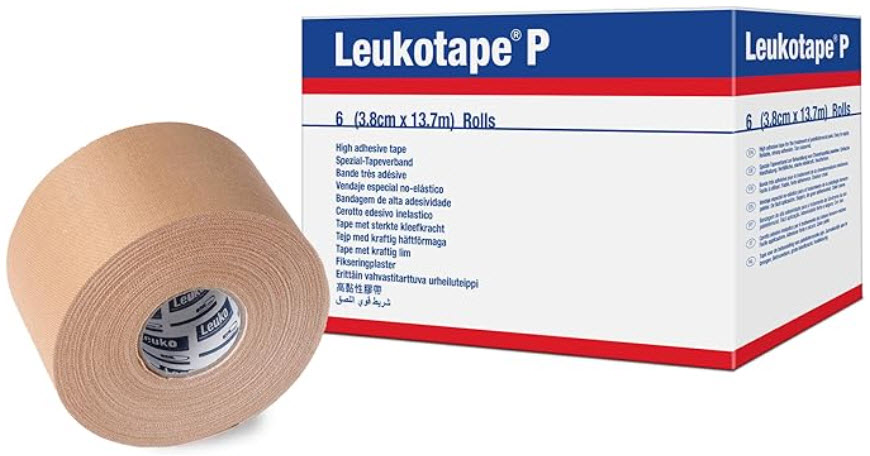
Not only can you use this tape on hot spots, as it does an amazing job at preventing friction, but it’s also amazing for making bandaids and preparing gear!
As I’ve mentioned before, anything that has multiple purposes is amazing.
When talking about gels, I use what I have, which would be Vaseline. I apply it in the morning before putting on my sock liners and the rest of my gear.
This simple thing alone has helped me from getting blisters!
Take Breaks
This is the best advice I can give so that I will repeat it.
Take breaks!
Breaks are essential to enjoy your adventure and take care of your feet.
Again, if you ever feel a hot spot, think of it as your body telling you it’s time to stop and take a break (and deal with the hot spot, too).
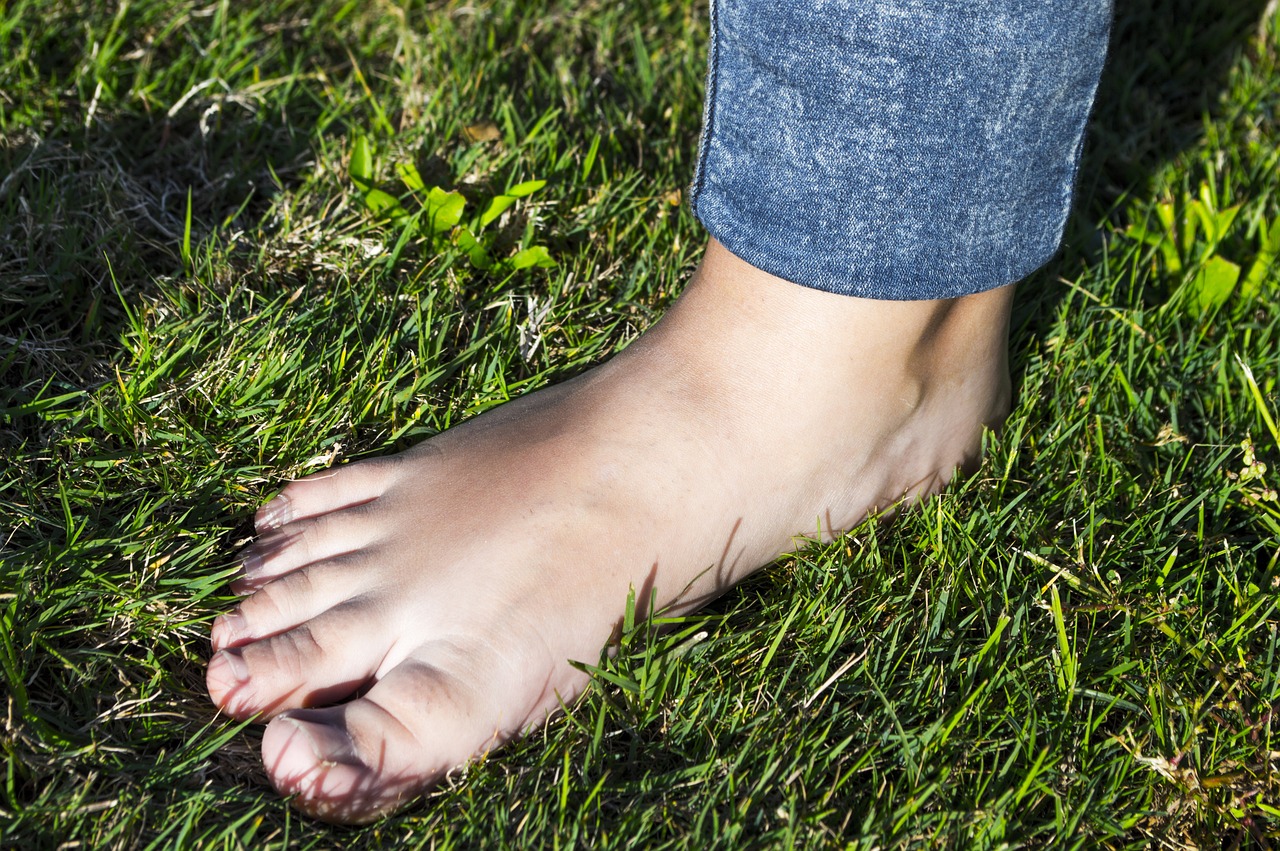
How to Deal With Blisters – After They Occur
It’s time to address this issue if you are walking or hiking and feel a hot spot.
As you are hiking, these damn hot spots can creep up without warning!
But now you know it’s time for a break and to deal with this. You will also know what I mean by a “hot spot” if you’ve never experienced it.
Once you take your boots and socks off, it’s time to check out your feet.
You are looking for any slight reddish look or painful areas.
If you remember from above, this is when you apply some Vasoline, Leukotape, or any other blister treatment options you want.
Speaking of more options, let’s go over a few of them now.
Doing this simple check will help prevent a ton of blisters from forming.
The main thing is to STOP walking when you start to feel a hot spot or an actual blister from forming.
You might think you can push through and deal with it later, but DON’T think that!
Ask any hiker, and they’ll say the same thing and then regret it.
A Last Resort for Treatment
Welcome to the not-so-fun part of hiking.
You’ve tried your best not to get a blister, but low and behold, there it is. As listed above, you have a few options and one more if necessary.
That would be draining the blister, again, only if necessary!
I only do this as a last resort.
It’s super important to avoid popping a blister because keeping the area clean on the trail can be tricky.
The last thing you want is to risk getting an infection!
However, if the blister is bothering you and you must drain it, here are some key points to remember.
- First, clean the blister and the surrounding skin with antibiotic soap.
- Then, sterilize a needle with alcohol or heat before inserting it near the bottom of the blister.
- After that, apply antibiotic ointment, gauze, or my favorite Leukotape to the blister. I’ve found using a piece of TP or, better yet, gauze is best (think of it like a bandaid and remember this tape is sticky!)
- Remember to cut out a hole around the blister if you use something like Mole Skin. You can then fill the hole with antibiotic ointment and another piece of tape of Mole Skin to cover the area.
Then don’t forget to keep an eye on this area. You do not want this area to get worse, and changing out the tape is easier than getting an infection.
Hit The Trails
Don’t wait for discomfort to strike; prioritize foot care from the trailhead to the summit.
I know this isn’t something super glamorous, but knowledge is power. It’s not a question of if but when we will get a blister.
We all will get one when we least expect it.
Whether you’re a seasoned hiker or just starting your outdoor escapades, a little attention to your feet goes a long way.
Keep your feet happy on your adventures by using the information above.
And don’t use blisters as an excuse not to hit the trails!
All you need to do is choose comfortable footwear and avoid the three blister-forming things (pressure, heat, and moisture).
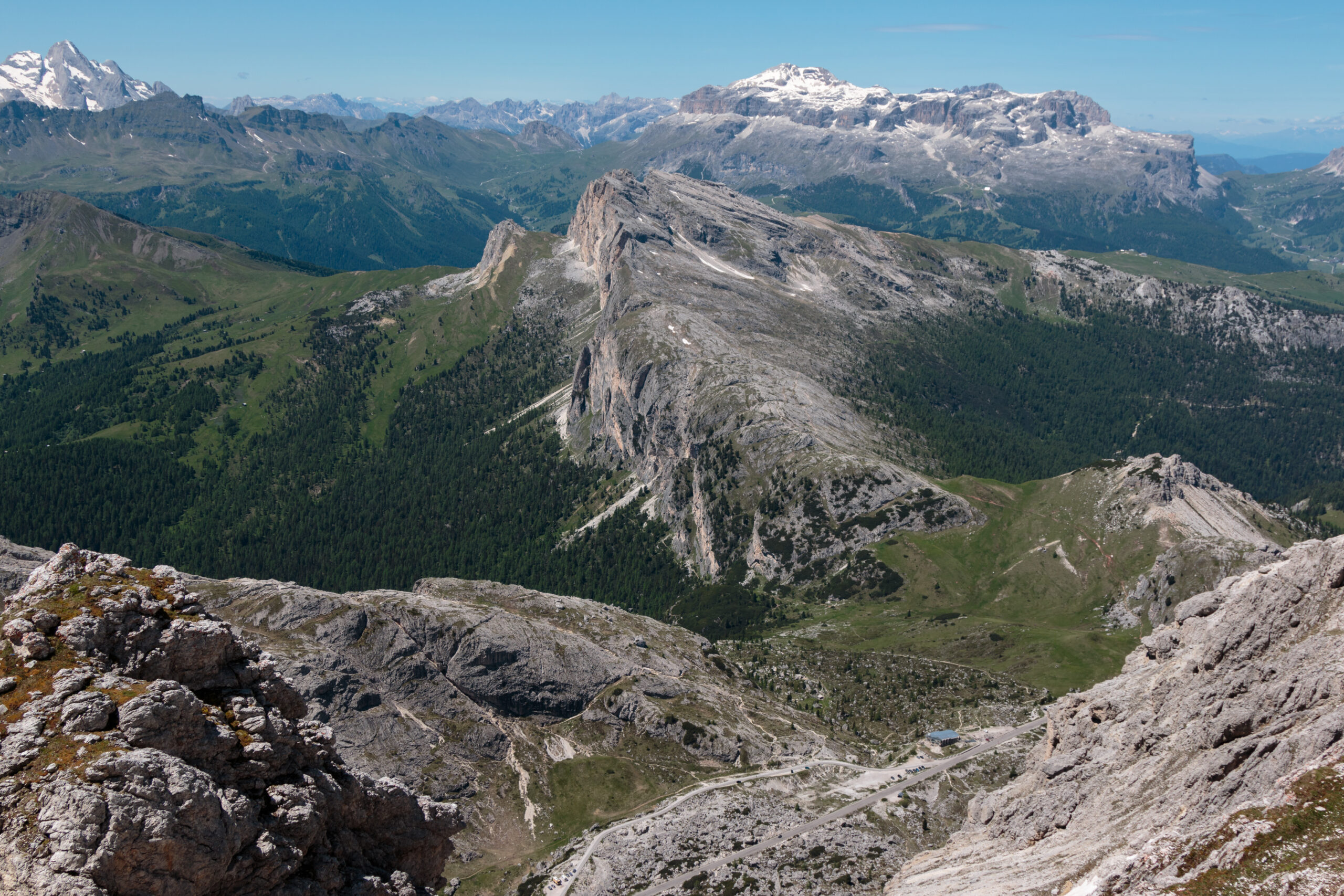
Now it’s your turn!
Share your tried-and-true blister prevention tips with our community.
Your insights could be the key to someone else’s blister-free adventure.
Leave a comment below, and let’s build a collective resource for happy, pain-free trails!

Blisters are BAD!
I’ve had some pretty bad ones and did all the wrong things.
Thanks for all the tips.
Blisters are the worst and they can stop you in your tracks! Hopefully this post will help someone out.